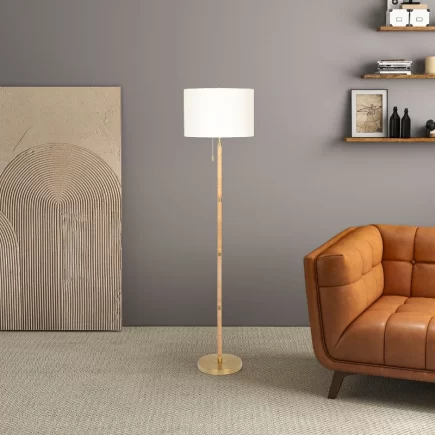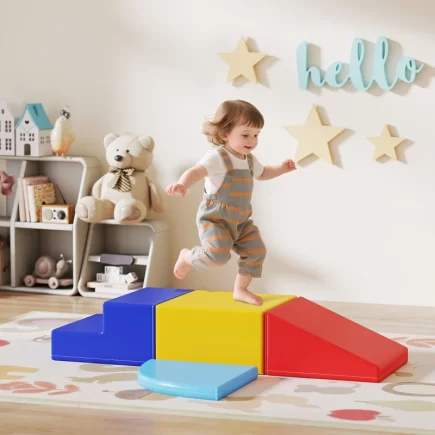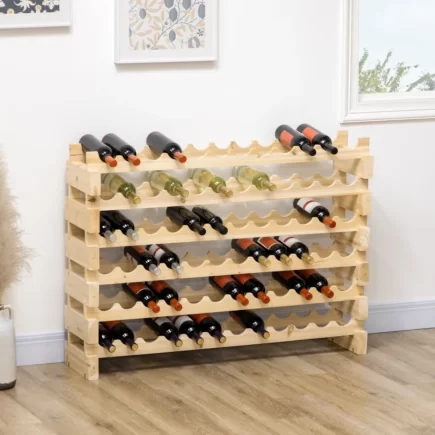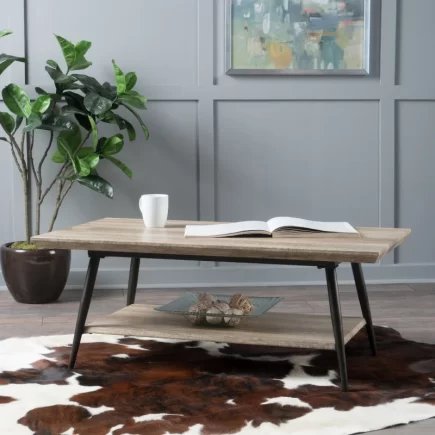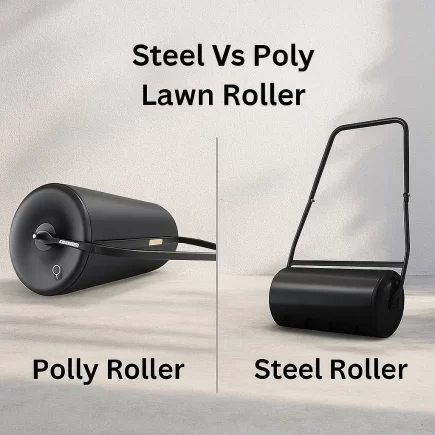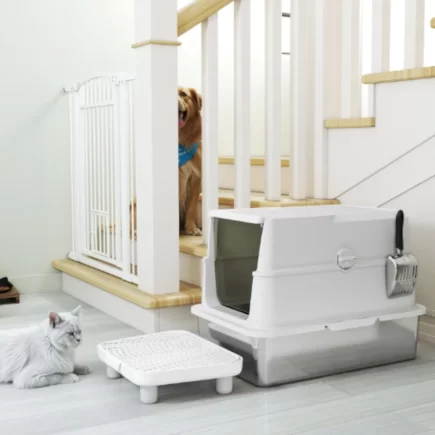
Are you looking to breathe new life into your old recliner chair without spending a fortune? Whether you’ve scored a vintage gem at a thrift store, want to shield your current favorite from everyday wear and tear, or simply need to update its look to match a refreshed interior design, re-covering a recliner with fabric is a smart and satisfying solution from selecting the best fabric and essential tools to mastering both the slipcovering and reupholstering processes.
Fabric Selection
Choosing the right fabric is the foundation of a successful recliner makeover.
Recommended Fabrics
- Cotton duck: Durable and breathable
- Twill: Comfortable and versatile
- Microfiber: Pet-friendly, stain-resistant
- Denim or canvas: Sturdy and washable
Avoid These Fabrics
- Slippery materials (silk, satin)
- Stiff upholstery without give
- Highly patterned stripes (hard to align on moving parts)
Essential Tools and Supplies

Whether you choose any method for changing the recliner fabric, you’ll need a basic toolkit. Here’s a checklist to help you get started:
| Tools | Purpose |
| Fabric scissors | Clean, accurate cuts |
| Sewing machine | Required for slipcover stitching |
| Staple gun (manual or pneumatic) | For reupholstery work |
| Pins and chalk | Marking and patterning |
| Measuring tape | Accurate dimensions |
| Velcro or elastic bands | Securing slipcovers without sewing |
| Foam cutter or electric knife | Replacing old foam if needed |
| Optional | zipper foot, upholstery needles, piping cord, hot glue gun |
How to Measure Your Recliner Chair Properly
Taking accurate measurements is crucial to ensure a good fit, especially with the chair’s moving parts. Measure these sections:
- Seat cushion: Width, depth, and height
- Backrest: Width and height
- Armrests: Length, height, and width
- Footrest: Extended length and width
Slipcover vs. Reupholstery
Before diving in, it’s important to determine which approach suits your needs:
| Method | Best For | Pros | Cons |
| Slipcovering | Decorative updates, removability | Washable, reversible, lower cost | May require frequent adjustments |
| Reupholstery | Structural renewal, tight fit | Professional look, permanent | Time-consuming, more tools required |
How to Make a Recliner Slipcover
Step 1. Drape and Pin the Fabric

- Start with the largest panel: Begin with the backrest or seat of the recliner. Drape the fabric over the recliner’s surface, smoothing it out as you go.
- Pinning the fabric: Work one section at a time. Start from the centre of the panel and pin the fabric around the edges where the seams will be. Pin evenly, ensuring there are no wrinkles or excess fabric. Be sure to pin tightly around contours like the armrests, legs, or curves of the seat. This helps create a more accurate pattern for the next steps.
- Separate sections: Drape and pin the fabric over each part of the recliner (backrest, arms, seat, and footrest). Each section will have its own fabric panel, which will be sewn together later.
Tip: If the fabric doesn’t stay in place while pinning, use fabric weights or ask someone to hold it for you. It’s important to ensure the fabric is snug but not too tight.
Step 2. Cut the Fabric with Seam Allowance
- Marking the fabric: With the fabric pinned in place, use fabric chalk or a fabric marker to trace along the edges where the fabric meets the seat or backrest. Make sure to mark around all the seams, ensuring a clear boundary for cutting.
- Add seam allowance: After you’ve traced the lines, remove the fabric from the recliner and lay it flat on a large, clean surface. Add an extra 2-3 inches of seam allowance to all the edges. This extra fabric will ensure that you have enough room to sew and create a finished seam.
- Cutting: Using sharp fabric scissors, cut out the fabric along the lines, including the extra seam allowance. Cut each section (backrest, seat, arms) separately for easy sewing.
Step 3. Sew the Sections Together

- Machine setup: Use a heavy-duty sewing machine, as this will help sew through thicker fabric without jamming. Choose a strong upholstery or denim needle to accommodate the fabric thickness.
- Sew the sections: Start by sewing large panels (like the backrest or seat) together. Line up the edges where the fabric pieces meet, ensuring that the seams are aligned correctly. Begin by sewing along the straight edges using a straight stitch. For curved sections, gently guide the fabric through the machine, making small adjustments to avoid puckering.
- Sewing order: It’s best to start with the backrest and seat and then move on to smaller panels like the arms and footrest. This approach allows for easier handling of the fabric.
Step 4. Finish the Seams

Prevent fraying: After sewing the panels together, use a zigzag stitch along the raw edges of the seams to prevent them from fraying. If you have a serger, you can use it to finish the edges more professionally.
Step 5. Add Functional Features
- Cushion covers: If your recliner has removable cushions, you can make separate cushion covers. To secure them, add zippers or Velcro along the back of the cushion covers. Sew these features into the fabric before fitting them onto the cushions.
- Zippers are ideal if you want to be able to remove and wash the covers easily. Sew the zipper along the bottom or side seam of the cushion cover for a clean look.
Step 6. Fit and Adjust the Slipcover
- Test the fit: Once you’ve sewn all the sections, carefully place the slipcover over the recliner and recline it fully. Adjust any areas that seem too tight or too loose. If there’s too much excess fabric in certain areas, tuck it in neatly or trim it down. Use your hands to smooth out any wrinkles.
- Final adjustments: Tighten any fasteners like ties, buttons, or velcro to ensure a snug fit. Pay particular attention to areas that may shift with use, such as the arms, seat, or backrest. Adjust the fit until the fabric is smooth, tight, and comfortable. Ensure the fabric doesn’t obstruct the reclining mechanism. The slipcover should allow for easy movement without getting caught in the mechanism.
- Recliner operation check: Finally, recline the chair fully and ensure that the slipcover does not interfere with its functionality. Adjust the fabric as needed to ensure that it moves smoothly.
How to Reupholster a Recliner Chair
Step 1: Disassemble the Recliner

- Preparation: Begin by moving your recliner to a spacious area where you have plenty of room to work. You’ll need a flat surface like a workbench or a clean floor.
- Turn the recliner upside down: Gently flip the recliner over, so it’s upside down. This allows easier access to the parts that need to be disassembled.
- Remove screws: Use a screwdriver or electric drill to unscrew any screws that hold the arms, footrest, and seat back in place. Make sure to keep these screws in a safe, labeled container, as you’ll need them later for reassembly.
- Take photos: As you remove each piece, take clear, close-up photos to document how everything is put together. This will be helpful when it’s time to reassemble the recliner.
- Label parts: For clarity, label each part (e.g., “left arm,” “right footrest”) using masking tape or a marker. This ensures you won’t mix up the parts during reassembly.
Step 2: Remove Old Fabric
- Gather your tools: You’ll need a tack remover or a flathead screwdriver to remove the staples or tacks that are holding the old fabric in place.
- Remove staples: Starting from one corner of the fabric, use the tack remover or flathead screwdriver to gently lift and remove the staples. Work slowly and carefully to avoid damaging the underlying foam or wooden frame.
- Work section by section: Move around the recliner, removing the fabric in sections. As you go, make note of how the old fabric is attached, especially if there are any pleats, folds, or unique methods of attachment.
- Remove foam if necessary: If the fabric is stuck to the foam or glued in place, gently remove the foam along with the fabric. However, be careful not to tear the foam in the process.
Step 3: Inspect and Replace Foam
- Check the foam: Inspect all foam padding for any damage, sagging, or deterioration. Look for cracks, holes, or any spots where the foam has become flat or misshapen. If the foam is still in good shape, you can reuse it; otherwise, it’s best to replace it.
- Remove and replace foam: If you need to replace any foam, remove the old foam carefully. You can replace it with high-density upholstery foam for a long-lasting and comfortable fit. Measure the old foam and use those dimensions as a guide for cutting the new foam.
- Cut the new foam: Use a sharp electric knife or foam cutter to shape the foam to match the original pieces. Cut slowly to avoid rough edges or uneven shapes. Ensure the foam fits the contours of the recliner’s seat, back, and armrests exactly.
- Secure foam: If you’re adding new foam, you can use a spray adhesive designed for upholstery to attach it to the wooden frame or the underlying structure.
Step 4: Cut New Fabric Using Old Pieces
- Lay out old fabric: Take the old fabric pieces that you removed earlier and lay them flat on top of your new upholstery fabric. Use the old pieces as templates for your new fabric.
- Trace the new pieces: Use fabric chalk, a fabric marker, or a pencil to trace around each old fabric piece onto your new fabric. Add 1-2 inches of extra fabric around the edges for seam allowance and to allow for stretching. If you’re working with stretchy fabric, be sure to include enough room for the fabric to be pulled tight without distorting the pattern.
- Label the fabric pieces: As you trace each piece, label them clearly (e.g., “back panel,” “left arm”) so you know exactly where each piece goes during assembly.
- Cut out the fabric: Once everything is traced, carefully cut out each fabric piece with a pair of sharp fabric scissors.
Step 5: Attach the New Fabric

- Stapling the fabric: Begin with the largest sections (e.g., backrest, seat) and start stapling the new fabric onto the wooden frame. Start at the center of each panel and work your way outward toward the edges. This helps keep the fabric tension even, preventing wrinkles or uneven stretches.
- Pull the fabric taut: As you staple, pull the fabric tightly to avoid any sagging or loose spots. The fabric should be snug but not overly stretched.
- Work systematically: Continue stapling around the entire recliner, ensuring that each panel is securely attached. For curved areas, use your hands to smooth out the fabric as you go, carefully guiding it into place.
- Trim excess fabric: After stapling, trim any excess fabric close to the staples, leaving just enough to secure the edges.
6. Reassemble the Recliner

- Reattach parts: Once all sections are covered with the new fabric, it’s time to reassemble the recliner. Start by attaching the footrest, then the arms, and finally the backrest. Use the screws and tools you removed earlier to reattach everything to the frame.
- Check for smooth operation: Once reassembled, test the recliner to ensure that all moving parts work smoothly. Make sure nothing is obstructing the reclining mechanism. If the fabric is too tight in certain areas, it could restrict movement, so make any necessary adjustments.
Beginner Tips and Common Mistakes
- Start Small: Practice on a dining chair first
- Label Everything: Especially removed fabric pieces
- Seam Allowance Matters: Always add 2-3 inches
- Fabric Choice: Avoid complicated patterns (e.g., plaids)
Transform Your Recliner with Confidence
Now that you know how to cover a recliner chair with fabric, you’re ready to give that outdated or worn recliner a second life. Whichever path you choose, rest assured, a beautiful, customized recliner is within reach with just a bit of fabric, time, and creativity. Explore the budget-friendly and stylish collection of Recliners at Aosom.
FAQs
1. Can you machine-wash a slipcover after making it?
Yes, most slipcovers can be machine washed, especially if made from cotton, linen, canvas, or microfiber. Always check the care label. Use cold water, mild detergent, and low heat or air-dry. Pre-shrink fabric before sewing to avoid post-wash shrinkage.
2. Can you slipcover a recliner if it reclines or opens?
Yes, recliners can be slipcovered even if they recline. Choose a stretchable, multi-piece design with elastic straps or ties that accommodate movement. Look for slipcovers with openings for handles and seams that allow the chair to open and close without shifting.
3. Can you put a chair cover on a recliner?
Yes, chair covers can be used on recliners. Select a recliner-specific cover with separate pieces or stretch fabric. Measure carefully, secure with straps or Velcro, and tuck excess fabric to fit the arms, back, and footrest without hindering movement.

